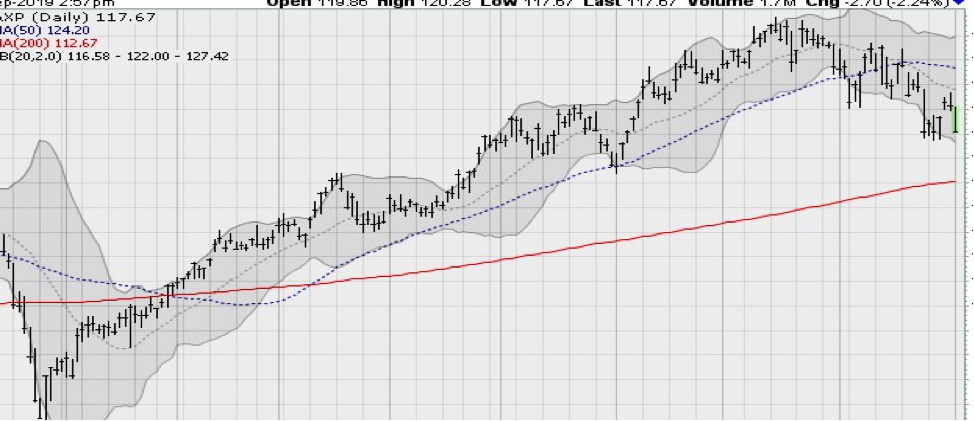Market At All Time High in 2019, Will The Next Bear Market Be Bad?
- Posted on December 06, 2019
- Editors Pick
- By admin admin

Last week, Investing Port published an article of the U.S.
stock market being in an all-time high. The uptrend currently being experienced
has attracted different views from several investors.
In this article, we would be looking at Mark Hulbert's view
of how bad the next bear market is going to be.
Long bull markets are not always followed by long or severe
bear markets, rather more often than not, they are followed by
shorter-than-average declines.
That is important information because many are worried about
the bear market that eventually will follow the current U.S. bull market,
supposedly the longest in U.S. history. Hulbert says, "Just this week, one
of the investment newsletters I monitor noted that long-duration bull markets
always create excesses.” This is what typically happens to U.S. stocks after a
long bull run.
If “the higher they go, the harder they fall” were true, then
an exceptionally severe bear market is indeed in our future. But history
doesn’t support that argument: There is no correlation between a bull market’s
duration and the length and the severity of the subsequent bear market.
Stock investors can relax for another reason as well.
Notwithstanding the current narrative that the bull market is 11 years old, it
actually is much younger: less than four years old, in fact. There have only
been two bear markets since 2009, according to the bull-bear calendar
maintained by Ned Davis Research. That means that, even if longer bull markets
were reliably followed by longer bear markets, there would be no particular
reason to worry now.
Hulbert has discovered that there is an inverse correlation
between a bull market’s length and the duration of the subsequent bear market.
This correlation was significant at the 95% confidence level that statisticians
often use when determining if a pattern is genuine. Which means that, to the
extent the future is like the past, you would expect that longer bull markets
are more likely to be followed by shorter-than-average bear markets and vice
versa.
Hulbert further measured the correlation between a bull
market’s length and the magnitude of loss in the subsequent bear market and
discovered that there was no correlation one way or the other. While that means
you can’t conclude that long bull markets are usually followed by below-average
bear market losses, there still is no reason to worry that those losses will be
greater than average To be sure, none of these results provides any guarantee
that the next bear market won’t be a terrible one. Instead, the lesson of the historical record is that, if you want to argue that the upcoming bear market
will be a bad one, you will have to base your argument on factors other than
the alleged length of the current bull market. This market currently is
extremely overvalued according to a number of valuation indicators, for
example. One such indicator is the Cyclically Adjusted P/E ratio, or CAPE which
is currently higher than 96% of monthly readings since 1871. According to a
simple econometric model that uses historical data for the CAPE and the S&P
500 SPX, +0.63% to predict bear market
severity, the next bear market will produce a 35% loss in the Dow Jones
Industrial Average DJIA, +0.53% . While
that is larger than the 31.1% average loss of all bear markets since 1900, it
is a lot less than the more than 50% loss incurred during the 2008-09 financial
crisis.
The bottom line is: While there undoubtedly are many things
you can worry about the current bull market, its remarkable longevity is not
one of them.
Mark Hulbert
Market Watch


Be the first to comment!
You must login to comment